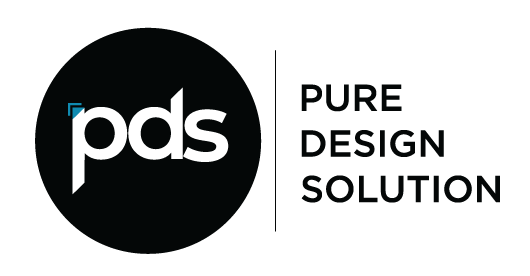Back in the day when there was no computerized data collection, knowing your customers happened only through observation, interviews, surveys, or recordings. In physical stores, for instance, salespeople would observe how customers moved through the space, what products they gravitated toward, and how they made purchasing decisions. This analog approach was not data-driven but based on observation and building patterns.
Over time, this has shifted. For the last decade, we’ve seen a significant focus on collecting and understanding data and predicting user behavior following the rise of digital platforms and e-commerce. We can see an unprecedented volume of user data, from browsing habits to purchase history, with information on time spent on specific pages, social media engagement, and even behavioral biometrics.
Some great examples include Netflix and Spotify. Netflix leverages your browser data to recommend TV shows and movies as part of its data-driven marketing strategy. Spotify uses data to curate personalized playlists based on user listening habits. Personalizing recommendations based on these factors successfully increases user engagement and retention on both platforms. These companies rely heavily on data to understand and increase user engagement on their platforms, which also enhances lead generation.
However, data alone doesn’t tell the full story. Data shows us what users did, but it doesn’t always explain why they did it. This is where intuition, empathy, and human understanding come into play. Human intuition helps interpret data and fill in the gaps by considering external factors such as culture, psychology, and emotional motivators that aren’t explicitly captured by the numbers.
A great example of how intuition plays a bigger role than data is Airbnb. When founders Brian Chesky and Joe Gebbia first launched the platform, they didn’t have traveler data at their disposal. They had to rely on their personal experiences and intuition to decide that people would be willing to live in other people’s houses rather than the traditional hotel model. This innovative approach significantly contributed to their brand awareness and disrupted the industry, making history.
A symbiotic relationship exists between data and intuition that drives user behavior. While data provides the raw information needed to track trends and predict actions, intuition adds the human element necessary to understand the deeper emotional gaps and psychological factors.
It’s important to balance psychological factors with data results. Consider integrating both approaches to improve your marketing campaign development and enhance your digital marketing ROI and implement effective customer acquisition tactics.
Please click to contact.

